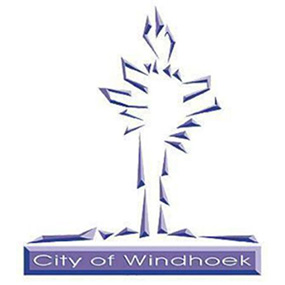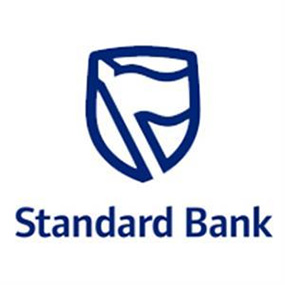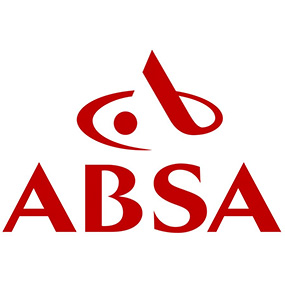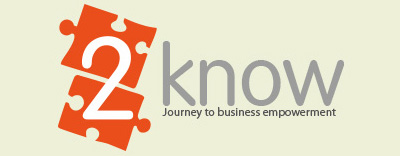What do we do

Introduction
The field of expertise is referred to as business architecture with the challenge to deliver business designs fit for purpose and ready to apply by those that have to follow and implement the designs.
Our research have introduced us to techniques that elegantly and efficiently provide answers at the various levels of the organisation – from understanding the reason for existence through to clarifying what business model to follow and then, at the operational level, the processes to execute.
Executing the processes as effectively and efficiently as possible has been proven as the approach to achieving business success. The challenge to determine those processes or to adjust existing processes and monitor their performance lies at the heart of business success.
Implementation
2Know will introduce and expose to business owners the techniques to describe their business for them and to put them in a position to clarify opportunities, resolve problems and get their teams of people to enthusiastically contribute to achieving business goals.
Experience from working with different customers is brought into the mix and application of proven techniques to surface relevant information provides insight into possible new opportunities.
Exposure to the techniques of describing a business and through that deliverable opening the realities of what the business is about, was first experienced in 1991 when a young Derek Strauss (http://www.technologytransfer.eu/speaker/90/Derek_Strauss.html) introduced the functional decomposition technique to describe the operations of one of the largest life insurance broking firms in South Africa. The level of understanding gained by applying that technique surfaced a fair amount of work that is performed with rigour, but adds no value to the organisation at all. These activities could be terminated with confidence. The concern, however, was the fair number of activities with no person allocated to them to execute. Focus from executive management to address these issues strengthened the relationship with a number of third parties, focussed attention from senior management and required appointment of some people to attend to those neglected activities. The result was more than 30% increase in profit every year for five years whilst expanding the team of insurance advisors in line with the opportunities in the market.
Further exposure to process modelling techniques in 1998 presented the blueprint for the establishment of the first “channel “business unit in a South African bank which led to the mandate for the establishment of the “self-service channel” (ATMs and similar non-cash dispensing terminals). This was the first time that a bank in South Africa accepted to refer to the business unit as a channel. The enthusiastic team took on a number of challenges to optimise the operations and soon received recognition for operating a world-leading network of ATMs. What made this achievement more special was that it was possible to render cost-effective basic banking services to a previously unbanked segment – a very important challenge in the South African context. The potential of operating a well-defined business was “unleashed” and that business unit turnaround in financial terms was from a loss of more than R 10 million per month to a profit of a similar amount per month over period of three years. The quality of service was improved and the availability to cash based banking services increased.
The power of the message was clear: understand what the business is about (the focus), make sure the correct business design and organisational structure is deployed, constantly share the vision with every employee in the organisation, support the business ownership at team level, and enjoy the results.
The key lies in sticking to the correct basics, in finding the nuggets of value within the broad science of business management and apply it to unlock value.
Field of application
The initial exposure to the power of business designs in providing direction to business owners commenced with work done within the life insurance brokerage business of a large banking group in South Africa. The application of a more processes-based understanding of business design led to the establishment of a self-service channel operating more than 6 000 ATMs. The improvement in the design approach assisted greatly in clarifying the roles of those involved and offed the opportunity for the employees to make contributions on how to improve the business.
A later project delivered the design of a business improvement office incorporating a basic business architecture discipline right through to project management capability to execute, from a business perspective, the approved initiatives. Some of these initiatives were changes required to the IT systems, but changes were strictly driven from a business perspective.
The opportunity to design a loyalty and reward program within a large bank confirmed that certain patterns would emerge and that business architects could build a “toolkit” of designs that could see application in similar business environments.
The design of an operational risk environment in a bank urged the different teams to accept a standardised discipline to conduct their work from identifying the risk through the design of the controls and implementation of the controls.
Business Architecture needs to deliver the design of a business or business unit. The current focus of 2Know is to work with Southern African municipalities.
A number of reasons can be provided as to why service delivery at municipalities is not up toexpectation end one of them is the total lack of knowledge of how to operate such as complex business. Changes in that environment resulted in expertise that left without documented “ways of doing” what needs to be done.
Delivering the base design of the four service delivery business units of Urban Planning and Property Management (UPPM); Electricity supply; Water Supply and Sanitation; and Solid Waste Management(SWM) and 36 of the associated core business processes of these business units, exposed the lack of knowledge and the need deliver a solution that would ensure drastic improvement of productivity, contain the cost and facilitate employee motivation for the important work that they have to deliver upon.
The current focus is the design of the Financial Department who has to receive all assistance with the highly important mSCOA implementation. The massive amount of detail that a typical finance department has to control, requires structure and the guidance on the correct disciplines to follow.
Following the approach to date of consultants addressing a single issue and delivering a proposal of how to rectify or improve, no longer holds. The solution must address every aspect of the business unit with a well document, close to self-help approach, similar to software implementation with extensive training and support over longer periods.
The opportunity to leapfrog a desperate situation with modern business knowledge will ensure municipalities applying up to date techniques and measures to drastically improve service delivery.
Latest Works
The current focus is not to aid start-up businesses but rather to provide business solutions to existing businesses and then specifically the municipalities of the countries in Africa that previously followed the British approach to local government. A first project at the municipality of Windhoek opened the world of municipalities to business architecture and design and surfaced the challenges of the very complex business that is a municipality.
What was quite shocking was to realise how little the central governments and the business sciences invested in developing municipalities. The pressure to accommodate residents in urban areas in a country that is experiencing rapid urbanisation presents challenges to municipalities that were used to a fairly slow pace of change. The urgency in addressing this issue placed unheard of pressure on municipal resources and requires a drastic new approach to addressing challenges in there lies the challenge – to leapfrog by applying the learnings of other municipalities that did solve the problems.
Rapid urbanisation more often than not allows for low skilled people to level the rural areas to travel to the cities in the hope of making a decent living.




